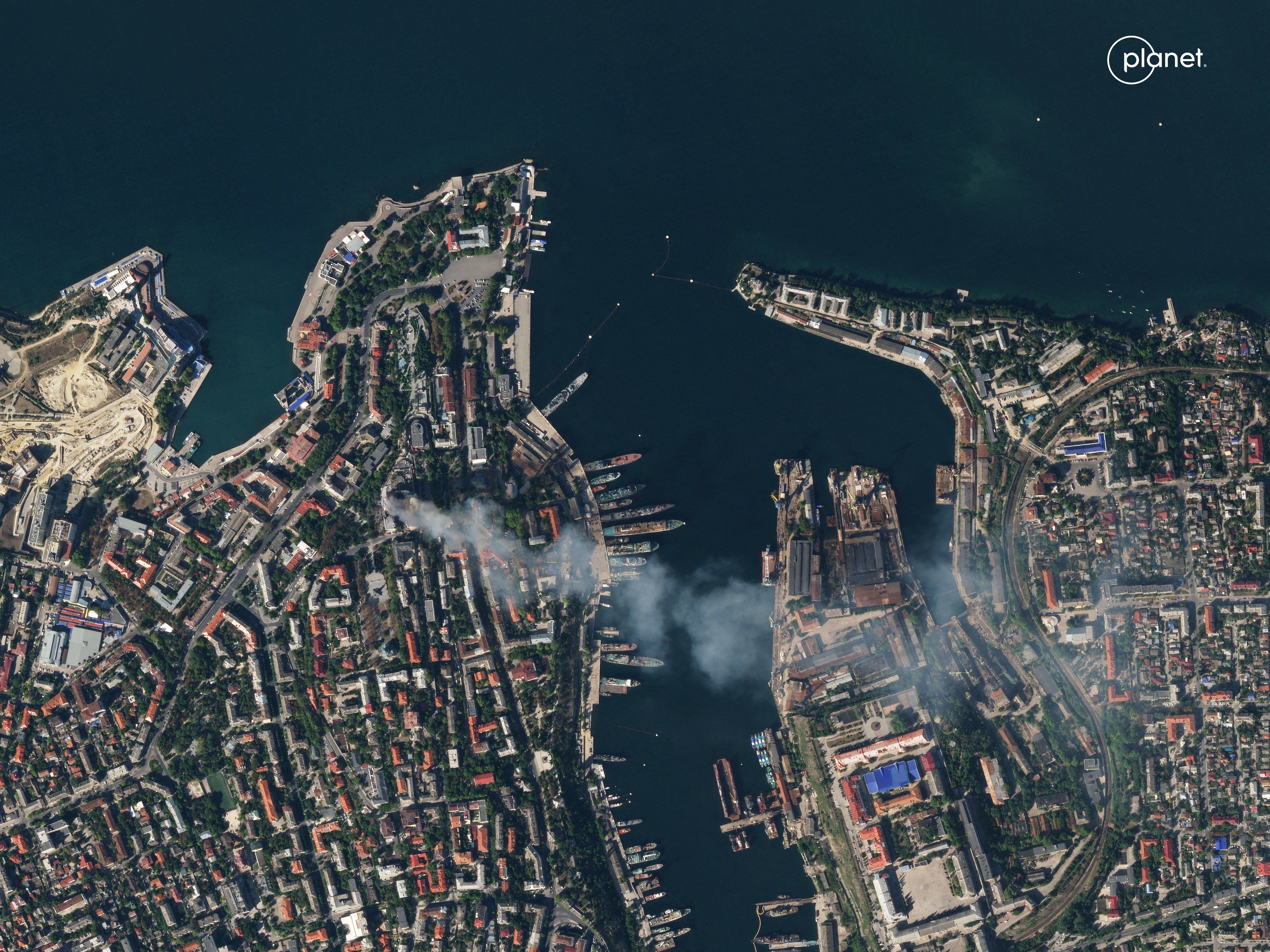A rebellion among Republicans in the US House of Representatives is crystalizing a movement from some pro-Donald Trump conservatives to halt all US help for Kyiv. In a recent poll, just 41% of US respondents expressed support for military aid for Ukraine, down from 46% in May, with 35% opposed. And though leaders from 47 European countries issued a statement of support for Kyiv this week, Europe can’t make up for any financial and military shortfall if US support is suspended or significantly delayed. Ukraine’s failure so far to regain much territory from Russian forces has cast a pall over Western optimism.
And yet, Ukraine continues to use the weapons it already has to inflict serious damage on Russian forces in Crimea, the most hotly contested prize in the war. With both homemade drones and foreign-supplied cruise missiles, Ukraine has struck a number of important military targets in recent weeks. On Sept. 22, two Ukrainian missiles struck the headquarters of Russia’s Black Sea Fleet during a meeting of senior officials. On Wednesday, Russia withdrew much of the Black Sea Fleet from its main base in Crimea to a port on the Russian mainland, perhaps over fears the vessels could not be protected.
It’s a reminder that even if US help is halted or delayed in the coming weeks – and that outcome isn’t yet clear – Ukraine still has the firepower to inflict heavy damage on Russian forces and morale as the war grinds on.
